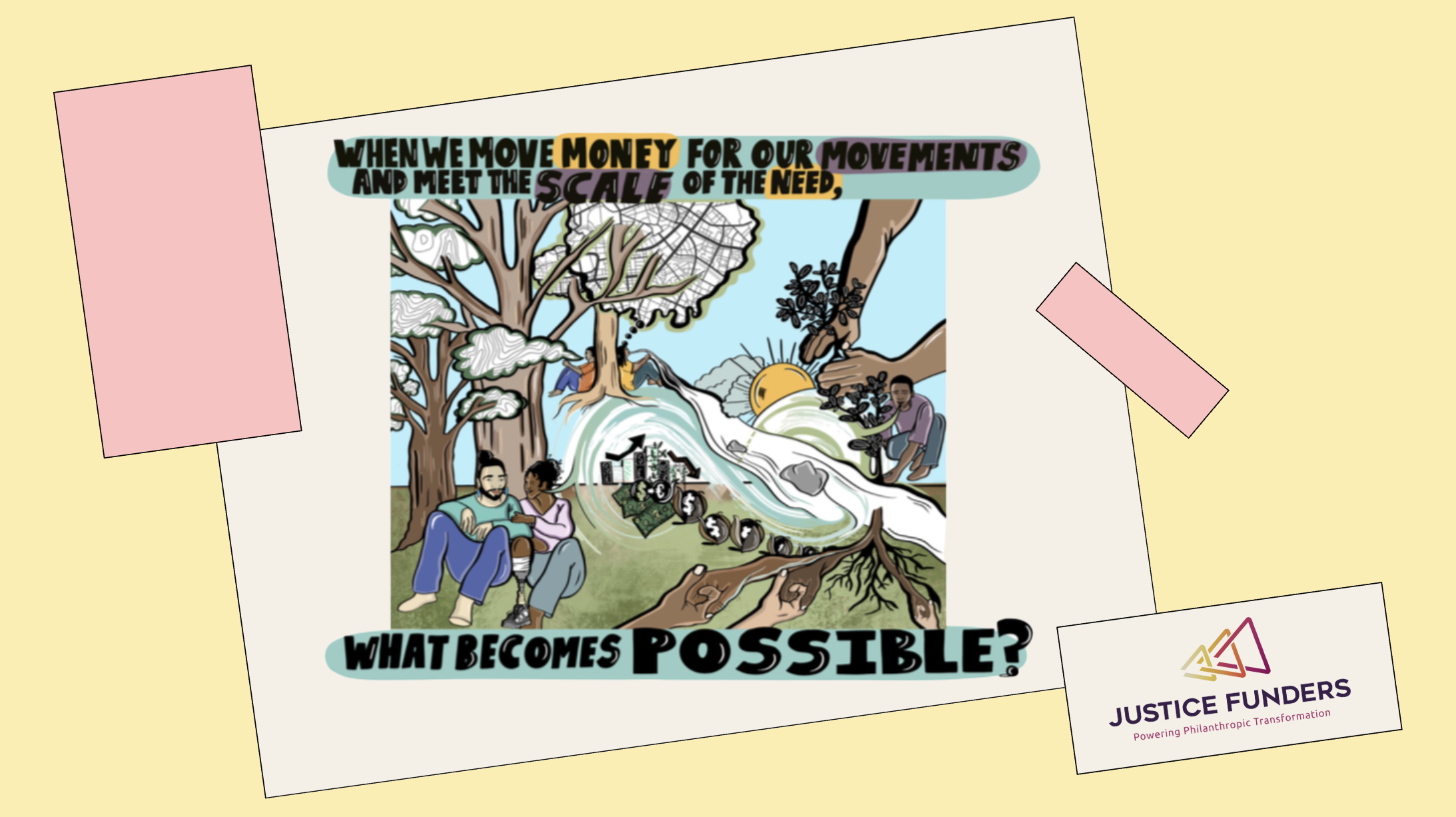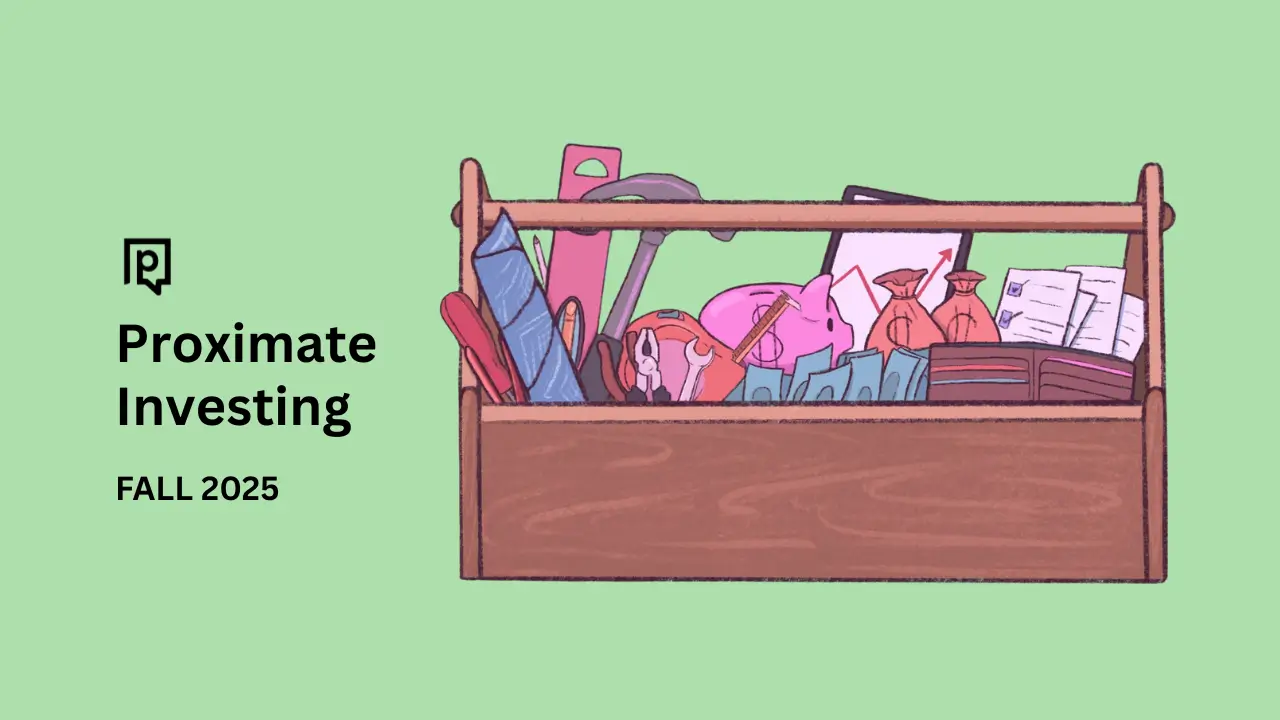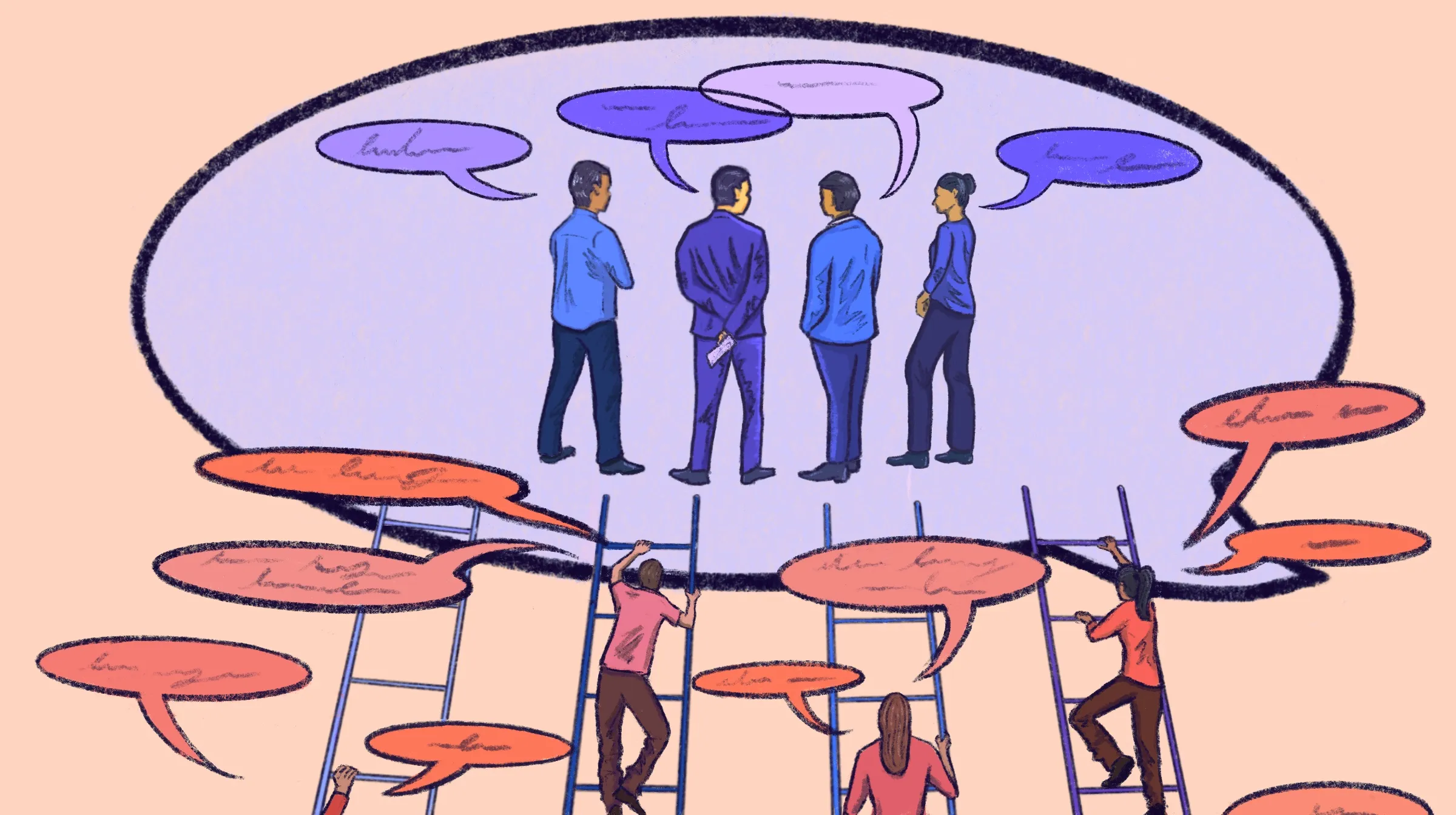Peer-selected investment, Village Capital's unique model for investing in early-stage startups, started off as a question: What would it look like to flip the power dynamics of VC investing and entrust due diligence and investment decisions to groups of social entrepreneurs?
Since that question, Village Capital has run their model of startup foundersvetting each other more than 150 times, in more than 20 countries around the world. It's been celebrated in Vox and the Financial Times, and adapted by other incubators and accelerators, from the Bronx to Sub-Saharan Africa.
A few years ago, Emory University ran an independent audit of the process and found that female entrepreneurs dramatically overperformed. They also found that the collaborative vetting process was slightly better at picking successful startups than traditional investors.
We spoke with Allie Burns about takeaways from more than a decade of peer-selected investment.
Thanks for making the time, Allie. To start, tell me quickly how the peer-selected investment process works.
The essence of peer selected investment is about changing who sits in the decision-making seat when it comes to receiving investment. We run accelerator programs that put startup founders together in cohorts of 10 or 12.
We pick cohorts of entrepreneurs who are solving a similar problem and coming from a similar geography. Then we ask them to evaluate each other's businesses – to determine who is most likely to succeed, so to speak.
The idea is that we teach them how investors think. There are essentially two stages to the peer review process. The first stage is due diligence, where we put founders in a room together so they can have a facilitated discussion where they dig in deep on each other's businesses. So we give them a framework for evaluating the development of their peer organizations within their cohorts, and therefore for evaluating their own development.
The second stage is the investment process, in which the founders become fiduciaries and decide who will actually receive capital. We provide them with a scoring process in order to collectively make a decision, at the end of a three month period, on who will actually receive our investment. Typically two companies are selected to receive investment, and those companies either receive non-dilutive capital or traditional investment capital from one of our partners (historically our VilCap Investments fund).
It’s a big and ambitious process – and it’s a process that we’ve run more than 160 times, across twenty countries.
So… does it work? What has been the success so far of the portfolio selected via peer selection?
In 2019, Emory University ran an independent study evaluating the process by looking at the outcomes of 1,200 startups that had applied to our programs; some were accepted, others were not.
They found, in a nutshell, that peer-selection is about as effective at picking “winners” as your average seed stage venture capital firm. And beyond that, it mitigates bias against female founders in the process.
Another way to look at our success is the data on VilCap Investments’ portfolio. We’ve made 111 investments through our VC fund – and as of the fourth quarter of 2022, we performed as well or better than 75% of funds that started in 2014, our vintage year. (That’s according to two metrics, distributed to paid-in capital, and total value to paid-in capital)
Last year, our portfolio saw five exits, including Global Data Consortium being acquired for $300 million; and beyond that, our portfolio companies like Metix Medical, TCARE and Vega Coffee raised more than $80 million USD.
What have been a few takeaways from running 150+ cohorts? How has the process evolved over time?
We ran the peer-selected investment process in 2009, in the wake of the financial crisis. It has certainly evolved in the decade-plus since: we've learned a lot about what works and also what doesn't.
One thing we’ve learned is the importance of grouping founders with similar backgrounds. The process works most effectively when entrepreneurs are solving a similar problem in a similar geography. So if we're talking about entrepreneurs who are building solutions in the future of work in the United States, for example, or solving the addressing issues of climate innovation and adaptation in South Asia, those entrepreneurs know the stakeholders that their fellow entrepreneurs are pursuing best – whether for partnerships, investment, revenue, etc. They have the ability to really see things from that sector perspective.
Another thing that’s evolved is the way we educate entrepreneurs on the diligence process. Around 2016 we introduced something called VIRAL - this is a framework for investment readiness, venture investment readiness and awareness levels that put a clear rubric around investment readiness that entrepreneurs can really understand and use as the scoring mechanism for their peer companies throughout the entire process.
We definitely see the performance of the portfolio becoming more impressive over the time that we've refined the process.
Can you speak about how the pandemic changed the way the process works?
The pandemic led to a really big shift in how we operate. During lockdown, we had to move to entirely virtual programs, which meant we couldn't replicate what we were doing in person, which was having people sit together in a room or conference center for eight hours a day, several days in a row.
So we had to create a process that built the same level of trust in an online environment. And we knew that there’s no way you can ask someone to sit for eight hours on Zoom and feel really engaged. We ended up completely revamping the delivery of our curriculum. One of the things that we found is that there were specific sessions and interactions that can happen just as effectively online as in person. We actually wrote a whole blog post about how virtual accelerators can be more inclusive than traditional programs.
Now, as we’re emerging back into the world of in-person, we're looking at a hybrid process where folks can do more homework, and a few more interactions online and then where the key sort of trust-building process – the beginning and the end of the peer selection process – takes place in person.
What other organizations have adopted the peer-selected investment process?
We’re very excited about scaling peer-selected investment, and also scaling elements of the process that make it special.
We understand that not every entrepreneur support organization, or investor, will use pure selection in its exact form. It’s time consuming. It can be expensive to do and not every investment fund has the same type of thesis that we do, where we look at sector and geography together.
But we’ve been so proud to see organizations take cues from us, and experiment with ways to involve founders in the investment evaluation process. There are several organizations that are in our orbit that do use peer selection or some version of it. MetaBronx, an accelerator in New York City, used a Village Capital-inspired model to select its latest cohort. Anza, a business accelerator in Tanzania, has also used the model to select investments for its accelerator. And they've shared incredible stories of the results that they've seen.
And there are some organizations in our orbit that have created some interesting twists appear selection, whether it is broadening out the selection process to community, broader community voices that we power example, or thinking about ways to use peer due diligence, even if sort of the ultimate selection part is not part of the process because either there's not capital available, or because there's an investor involved that isn't necessarily totally bought into the idea of peer due diligence.
What’s the future for Village Capital and peer-selection?
Right now we’re exploring the question: what would a lower-touch version of peer selection look like?
There are certainly benefits to running the process in person. But as I mentioned, it can be expensive and time consuming, and we believe in order for it to be used more at scale, we probably need to reduce the cost of administering the process.
We’re excited about building a technology platform that will enable peer selection to happen at a broader scale, maybe without the heavy duty programming but with asynchronous content that could be used by investors or by other organizations who don't necessarily have the capacity to run a full accelerator program alongside the peer selection process. There's some really exciting things happening in technology. – we’re just starting to explore the role that AI might play in that process.
So how can people engage with this process, and with Village Capital?
If you're an entrepreneur, you can apply to one of our programs.
If you’re interested in moving money with peer-selected investment – whether you’re in CSR, or an impact investor, or managing a foundation’s endowment – you can check out the peer selection process in real time by joining one of our programs as a mentor, or just as an observer. We’re always happy to welcome folks who are curious about the process. You can reach out to me directly on LinkedIn.
And if you’re interested in supporting a future Village Capital program, we’re always excited about partnering.
What have been some surprises over the years?
A lot of founders come in very skeptical about the process. Maybe that isn’t a surprise, but the extent to which those same people become real champions of peer-selection has been surprising. I can’t tell you how many times I’ve seen a founder come into the program because of the possibility of receiving investment, and tell us coming out of the program how they’ve gained something much more valuable in terms of the connections made, the investor mindset that they learned.
That has been a bit of a surprise, because I would have expected people to still be more motivated by the money at the end. But the community element sticks with people; it really works.

.webp)







%20(1280%20x%20720%20px)%20(46).png)



.webp)
%20(1280%20x%20720%20px)%20(3).webp)


%20(1280%20x%20720%20px)%20(39).png)
%20(1280%20x%20720%20px).webp)

%20(1280%20x%20720%20px)%20(2).webp)



%20(1280%20x%20720%20px)%20(40).png)


.webp)

